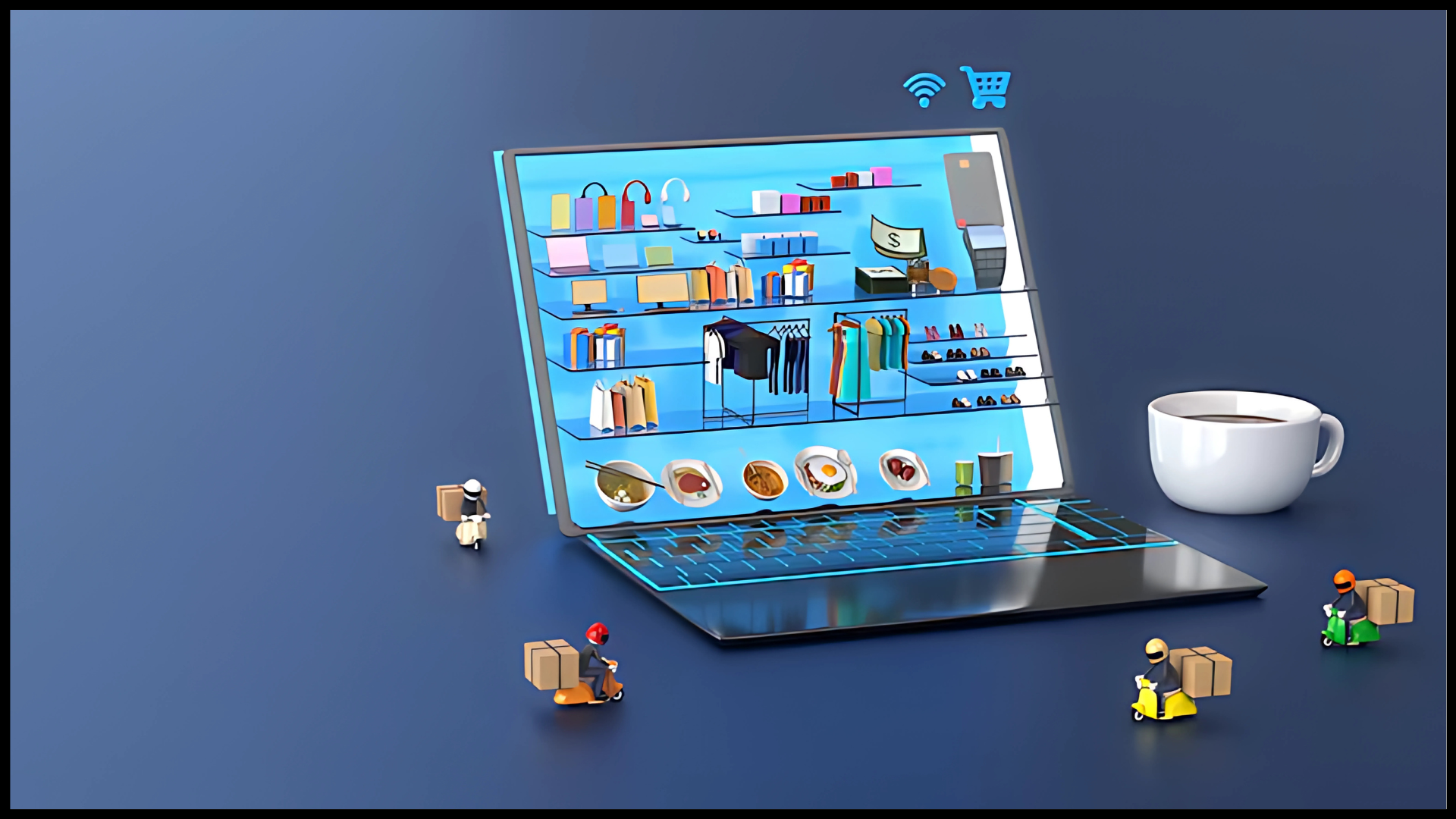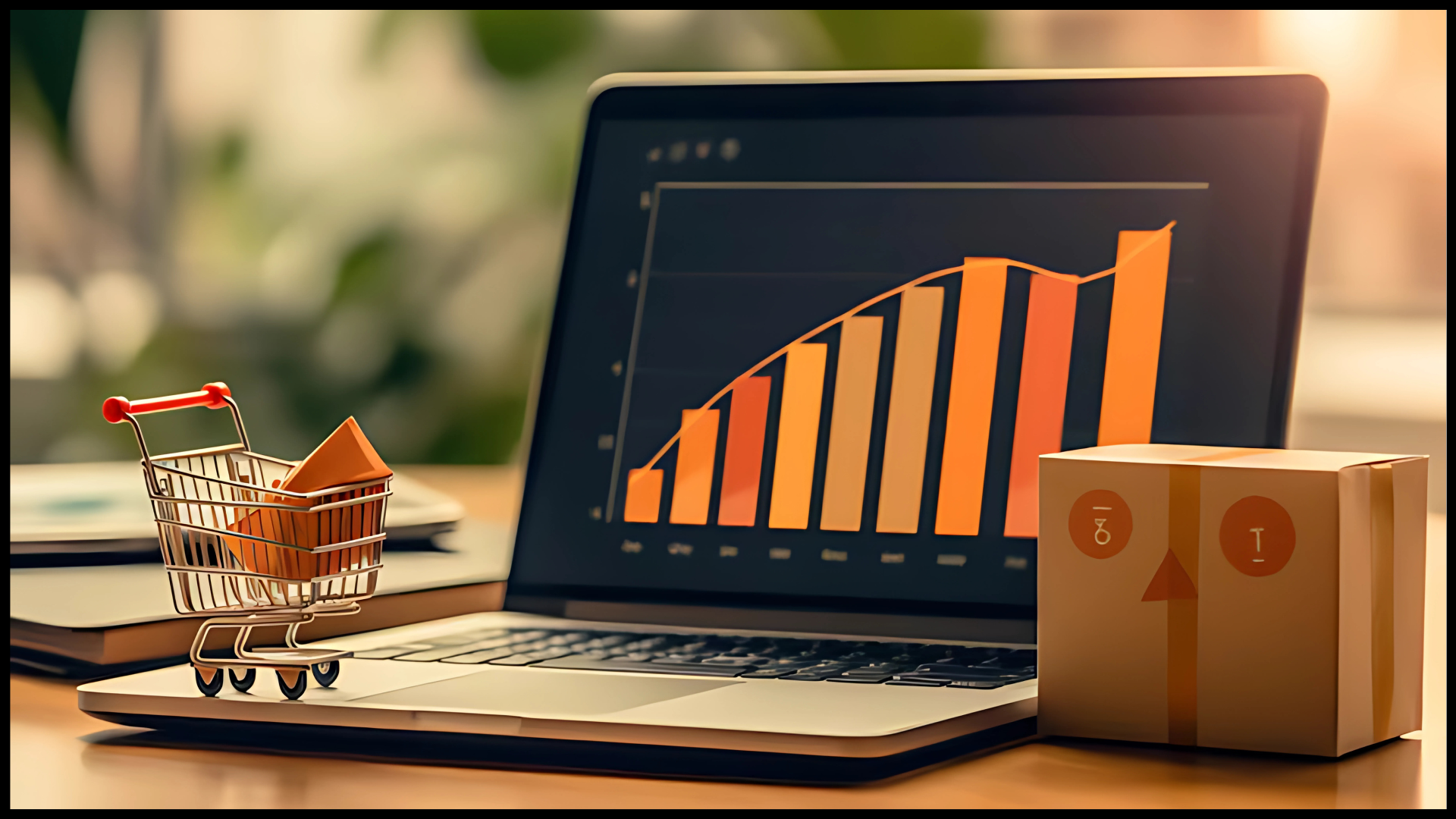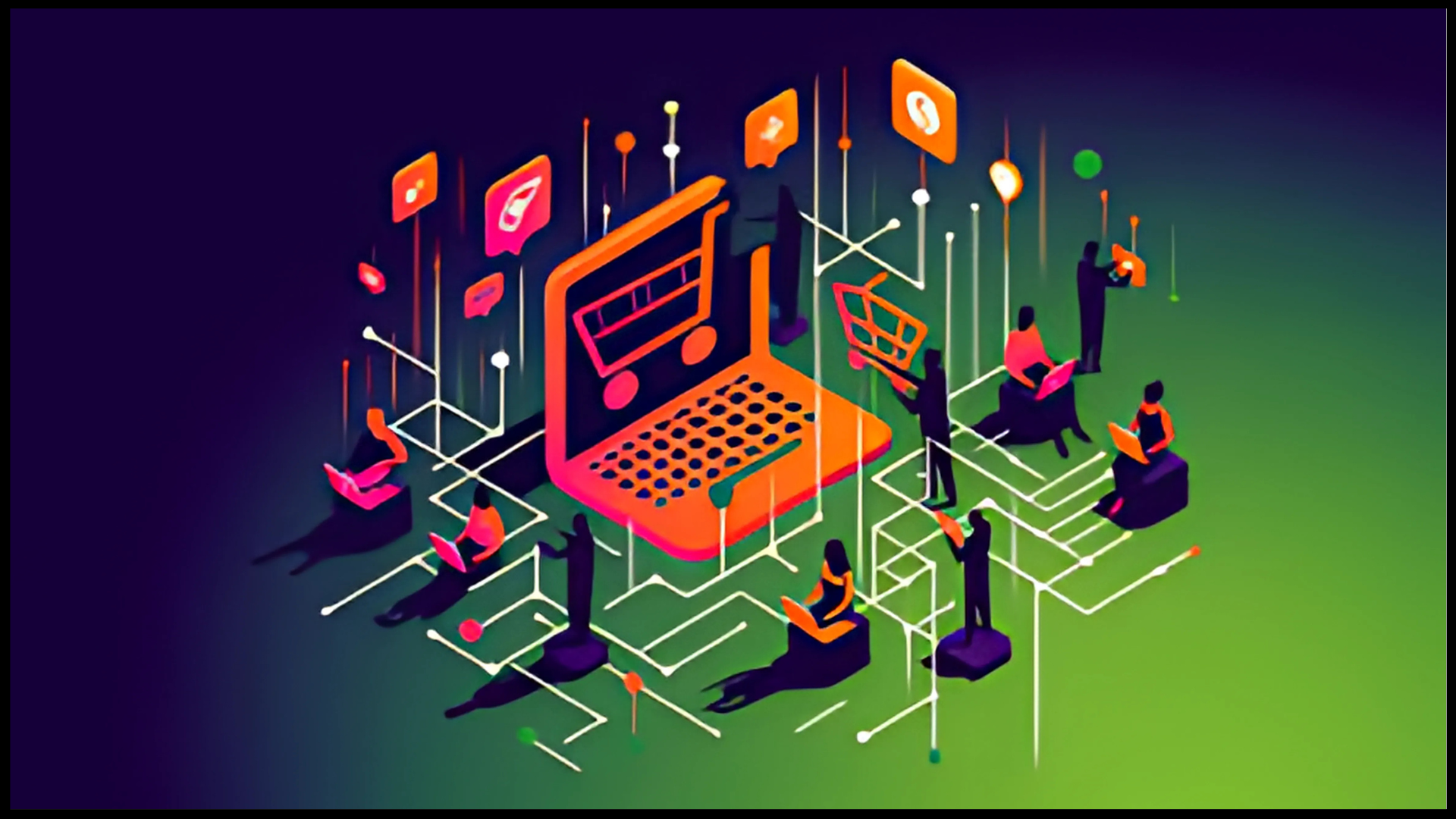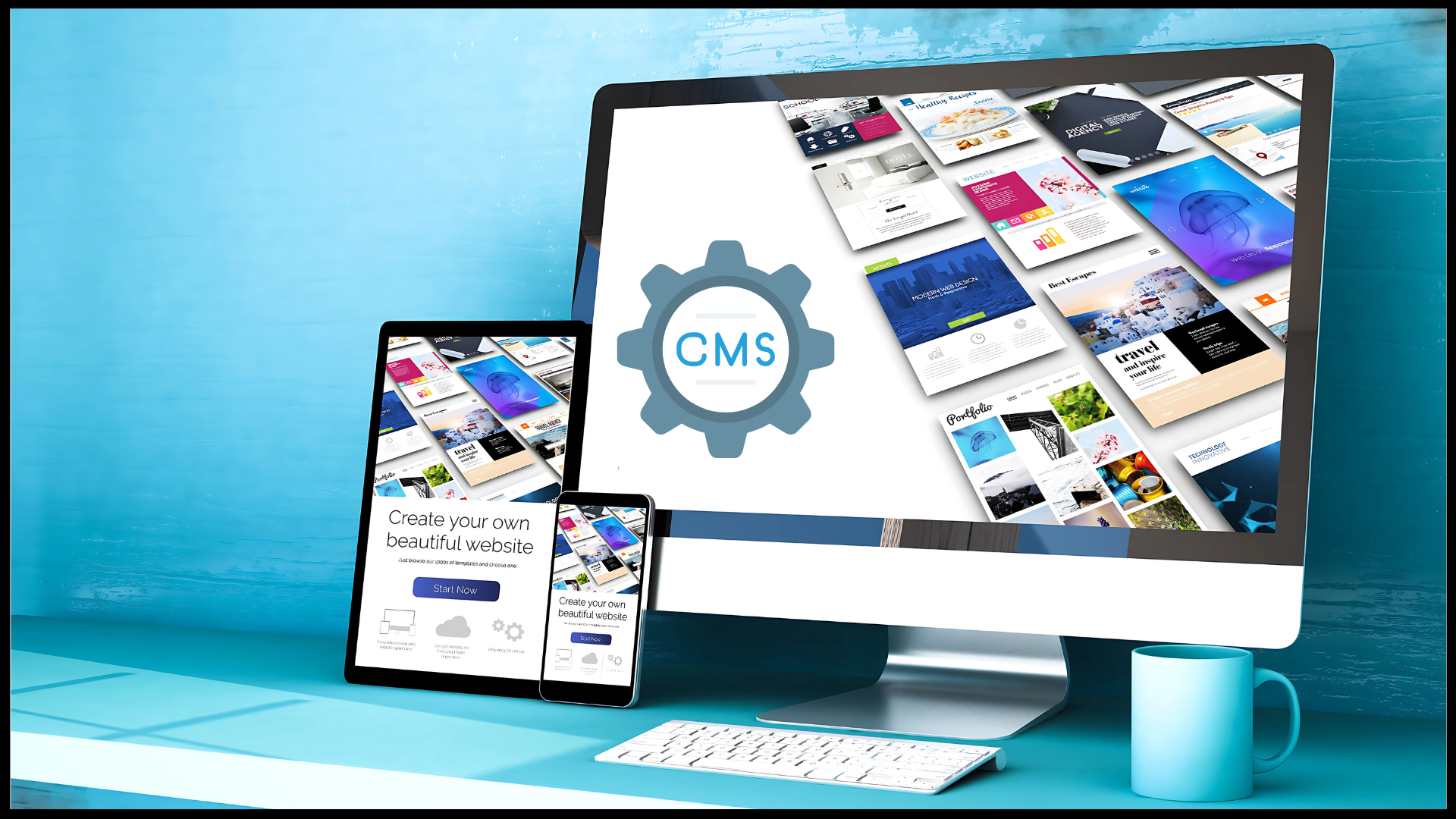- What is Composable Commerce?
- Why Traditional eCommerce Platforms Fail in Conversion Funnel Optimization?
- How Composable Commerce Solution Enhances Each Funnel Stage
- Benefits of Composable Commerce Solutions for eCommerce Business
- How to Implement a Composable Commerce Solution in Your Conversion Funnel?
- Ways to Optimize the Sales Funnel with Composable Commerce
- How Modern Tools Improve Sales Funnel in Composable Commerce Architecture
- How CSSChopper Helps You Build an Innovative Composable Commerce Solution
A conversion funnel shows the path customers take from discovering your brand to making a purchase. It includes stages like awareness, interest, consideration, and decision. Optimizing this funnel is mission-critical for an ecommerce growth strategy.
Why? This is because even minor improvements at every stage can play a crucial role in converting visitors into buyers. Not only that, it can lead to a significant increase in a company’s revenue. Therefore, you need a resilient platform to achieve the desired goals.
This is where a composable commerce approach comes into play, with its modular and flexible technology architecture. With a composable commerce solution, you can optimize every stage of your funnel seamlessly.
This advanced approach helps you move faster, stay agile, and deliver enhanced customer experiences. In this blog, we will discuss things related to composable commerce, its key principles, implementation strategies, and how it optimizes the sales funnel. So, let’s get started.
What is Composable Commerce?
First introduced by Gartner in 2020, composable commerce is a modular approach that enables businesses to create their own eCommerce stack using best-of-breed tools. Rather than relying on a rigid, all-in-one platform, a composable architecture provides a “Box of Legos” for your business.
This means businesses can select their preferred technologies for composable commerce requirements, which can then be integrated into a customized and agile technology stack.
At the heart of this approach are Packaged Business Capabilities (PBCs), which are pre-built, plug-and-play modules that handle specific functions like checkout, CMS, search, and inventory management. This means no more struggling with clunky, outdated systems. Instead, businesses get agility, scalability, and control.
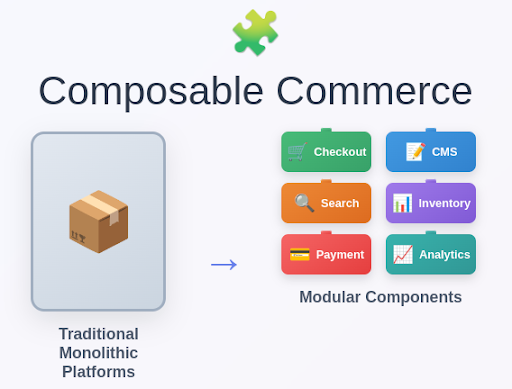
The 6 Key Principles of Composable Commerce
| The 6 Key Principles of Composable Commerce | |
| Modular | Swap or upgrade parts like checkout without affecting the full system. |
| Open | No vendor lock-in. Use APIs to connect tools like CRM and CMS. |
| Flexible | Build custom experiences like AI search or one-click checkout. |
| Business-Centric | Adapt fast. Launch promos and test ideas quickly to stay competitive. |
| Headless Architecture | Separates front and back-end for faster, personalized funnel experiences |
| MACH Principles | Built on Microservices, API-first, Cloud-native, and Headless. |
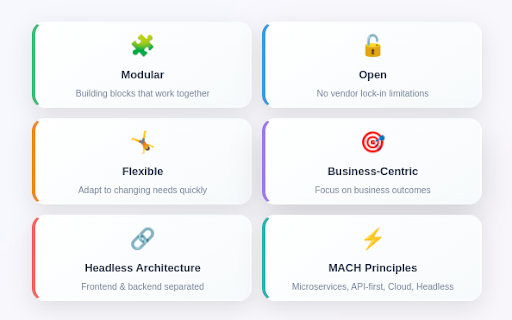
Why Traditional eCommerce Platforms Fail in Conversion Funnel Optimization?
Traditional eCommerce platforms struggle with conversion funnel optimization because they lack flexibility, load slowly, and offer limited personalization. Their structure makes it hard to adapt, test, or improve key funnel stages based on real customer behavior.
Here are a few reasons why the conversion funnel optimization fails in traditional e-commerce platforms.
| Reasons Why the Conversion Funnel Optimization Fails | |
| Slow performance | Monolithic platforms lead to poor page speed (hurting SEO & UX) |
| Lack of personalization | Rigid systems struggle with dynamic customer journeys. |
| Integration challenges | Difficult to add new tools (AI chatbots, AR, loyalty programs). |
| Scalability issues | Traffic spikes (e.g., Black Friday) can crash rigid systems. |
| Data silos | Disconnected tools prevent unified customer insights. |
How Composable Commerce Solution Enhances Each Funnel Stage
The sales funnel is made up of several key stages. Each one reflects a different part of the customer journey. Knowing how these stages work helps you improve your funnel and create a modern, composable commerce platform. The main stages involve:
1. Awareness
This is the top of the funnel. It’s where people first discover your brand or product. At this stage, you focus on grabbing attention. Use social media, ads, and content marketing to reach new audiences.
With a composable ecommerce platform, you can integrate best-in-class marketing tools to launch campaigns faster. It also allows real-time personalization to tailor messages for different audiences right from the first interaction.
2. Interest
Once people know who you are, it’s time to get them interested. Share useful info. Create engaging content. Highlight how your product or service addresses their specific needs and problems. This builds curiosity and keeps them exploring.
When you utilize the best composable commerce tools, you can connect dynamic content management systems (CMS) and even AI features to deliver personalized content that aligns with user intent. This keeps them engaged and encourages deeper exploration.
3. Consideration
Now they’re weighing their options. They compare products, read reviews, and ask for recommendations. Your job is to show why you’re the better choice. Use strong messaging, trust signals, and social proof to stand out.
Composable commerce solutions enable you to integrate advanced search, reviews, and comparison tools. This helps customers find relevant information quickly and gives them the confidence to choose your product over others.
4. Intent
At this point, they’re getting ready to buy. They might add items to a cart or sign up for a newsletter. This is your chance to make things easy. Remove any roadblocks and keep the checkout process smooth to reduce cart abandonment.
The best composable commerce platform lets you integrate cart, wishlist, and email marketing tools that respond instantly to customer actions. You can reduce friction by customizing workflows and supporting multiple sign-up or engagement options.
5. Purchase
This is where the transaction happens. A well-optimized funnel makes buying quick, secure, and user-friendly. The fewer the clicks, the better.
Composable commerce for B2B and B2C provides secure payment gateways, enabling you to build a faster and brand-consistent buying experience. You choose the best tools for your needs and optimize them independently.
6. Post-Purchase
Many stop at the sale, but innovative businesses don’t. Keep the connection going. Send thank-you emails, ask for feedback, and offer loyalty rewards. This builds trust and encourages repeat purchases.
One of the key benefits of composable commerce is that it allows seamless integration with CRM, loyalty platforms, and feedback tools. This helps automate personalized follow-ups and turn one-time buyers into long-term customers.
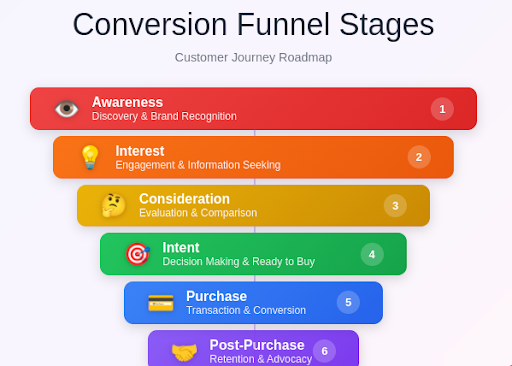
Benefits of Composable Commerce Solutions for eCommerce Business
Composable commerce technology enables brands to enhance conversions by delivering faster, more personalized, and scalable experiences. The benefits of composable commerce include reducing friction and meeting customer needs at every stage of the sales funnel.
-
Reduced Bounce Rates
By decoupling the front-end, composable commerce solutions offer lightning-fast load times and smoother navigation. This keeps users engaged longer and lowers bounce rates, especially on mobile and high-traffic product pages.
-
Faster Time-to-Market
Composable systems utilize modular components, providing teams to build, test, and deploy updates without disrupting the entire platform. This means you respond to market trends and customer behavior in real time.
-
Higher Personalization
With API-first architecture, you can integrate advanced personalization engines that tailor products, content, and promotions to each user’s behavior. This boosts engagement and drives more conversions through targeted experiences.
-
Greater Scalability
As your business grows, a composable commerce architecture allows you to scale each service independently. Add new features, regions, or sales channels without overhauling the entire system or slowing performance.
-
Cost Efficiency
Instead of paying for bundled tools you don’t use, leverage composable commerce advantages to invest only in what your funnel needs. It cuts tech debt and avoids costly re-platforming.
How to Implement a Composable Commerce Solution in Your Conversion Funnel?
Implementing a composable commerce into your conversion funnel involves a thoughtful shift in strategy, architecture, and tooling. The goal is to enhance each stage of the customer journey using flexible, best-in-class components. Here’s how to get started:
1. Audit Your Existing Funnel and Tech Stack
Start by identifying friction points across your current conversion funnel. Examine bounce rates, cart abandonment rates, and slow load times. Evaluate if your current eCommerce platform limits flexibility, speed, or personalization.
2. Define Business Goals and Funnel Priorities
Clarify what you want to achieve. Is it faster page load times? Better product discovery? Personalized experiences? Align your goals with the funnel stages, such as awareness, consideration, and purchase.
3. Choose a Composable Architecture
Build your system using MACH architecture. Composable commerce migration lets you scale parts independently while maintaining performance and agility throughout your sales funnel.
4. Select Best-of-Breed Tools
Pick specialized services for each part of your funnel. Use a headless CMS for awareness, an innovative search tool for product discovery, and a flexible checkout system for purchase completion.
5. Integrate with APIs for Seamless Orchestration
Use APIs to connect all services into a unified experience. A composable commerce solution ensures your customer journey feels seamless, even though multiple independent tools power it.
6. Test, Optimize, and Iterate
Once integrated, monitor KPIs like conversion rate, page speed, and customer engagement. Utilize A/B testing and analytics to continually enhance funnel performance using actual customer data.
7. Plan for Long-Term Scalability
Composable systems grow with your business. As ecommerce website development costs arise, you can add or replace components without disrupting the entire ecosystem, making your conversion funnel future-ready.

Ways to Optimize the Sales Funnel with Composable Commerce
To optimize your sales funnel, you need effective strategies. These fall into a few critical areas that help boost conversions and reduce drop-offs.
1. Data Analysis and Tracking
The first step is understanding what works and what doesn’t. Utilize analytics tools to monitor how customers progress through your sales funnel. Examine where they drop off, which pages they spend the most time on, and which channels bring them in.
This data helps you spot weak points. Maybe your landing page isn’t engaging enough, or your checkout is too complex. Once you know, you can fix it.
Also, run A/B tests to compare different versions of key elements. Test your landing pages, calls to action, and emails to ensure they are effective. Even small changes can lead to better results.
2. Personalization
Personalization plays a significant role in sales funnel optimization. When you understand your customers, you can address their needs and concerns directly. Use customer data to adjust your messaging, offers, and experiences. The more relevant the experience, the more likely they are to move through the funnel.
With composable eCommerce upgradation, personalization becomes even more powerful. You can connect tools like CRM systems and AI-driven platforms to track customer behavior in real time. That way, you guide them through the funnel faster and more effectively.
3. Streamlining the Checkout Process
The checkout process is one of the most essential stages in the sales funnel. If it’s slow or confusing, customers leave. That means more abandoned carts and fewer sales.
To fix this, keep the experience simple. Reduce the number of steps required to complete a purchase. Allow customers to check out as guests if they prefer not to create an account. And offer multiple payment options so they can pay the way they like.
Also, don’t forget mobile users. Increasingly, people shop from their phones. Make sure your mobile checkout is fast, clean, and easy to use. A seamless mobile experience can boost conversion rates and prevent customers from dropping off at the final stage.
4. Engaging Content and Communication
Content is key to moving customers through the sales funnel. When it’s helpful and engaging, it builds trust. That trust turns interest into action.
Create content that speaks to real customer needs. Answer common questions. Solve their problems. Highlight how your product or service enhances people’s lives. Blog posts, videos, product guides, and FAQs all help.
But content alone isn’t enough. Effective communication keeps people interested. Send personalized emails, follow up at the right time, and use targeted marketing campaigns to stay top of mind.
To make this process easier, consider using marketing automation tools. These help you deliver the right message to the right person, without missing a beat. The result? A smoother funnel and higher conversion rates.
How Modern Tools Improve Sales Funnel in Composable Commerce Architecture
eCommerce web development trends integrated into a composable commerce solution help streamline the sales funnel by improving targeting, personalization, and decision-making across each stage. Let’s look at some of the advanced tools:
1. Customer Relationship Management (CRM) Systems
A CRM system provides a comprehensive view of each customer. It tracks behavior, purchase history, and preferences. This helps sales and support teams deliver personalized experiences that drive progress through the sales funnel.
2. Marketing Automation Tools
Marketing automation tools streamline repetitive tasks, such as email campaigns, follow-ups, and lead nurturing. These tools ensure your message reaches the right audience at the right time, boosting funnel efficiency and engagement.
3. Analytics and Reporting Tools
Analytics and reporting tools give you real-time insights into funnel performance. From bounce rates to conversion trends, this data helps you optimize touchpoints and make smarter, faster business decisions.
How CSSChopper Helps You Build an Innovative Composable Commerce Solution
CSSChopper helps businesses build flexible, scalable, and best composable commerce that aligns with their growth goals. We begin by analyzing your current tech stack and sales funnel to create a custom eCommerce strategy that fits your unique needs.
Using an API-first approach, our team integrates best-of-breed tools to provide you with better control, faster updates, and a smoother customer experience across all channels.
As a leading composable commerce solution partner, we focus on performance, security, and long-term scalability. With ongoing support and optimization, we ensure your composable commerce architecture continues to improve your conversion funnel.
Categories
Recent Posts
Popular Posts
- How to Choose a Reliable Offshore Development Partner?
- Transforming Web Development with HTMX’s Declarative Approach for Dynamic UIs
- Why Your Conversion Funnel Needs a Composable Commerce Solution?
- How to Outsource Web Development in 2025: Complete Guide
- What are the Top Web Development Trends for 2025?

